What is a fiber optic media converter and what is it used for
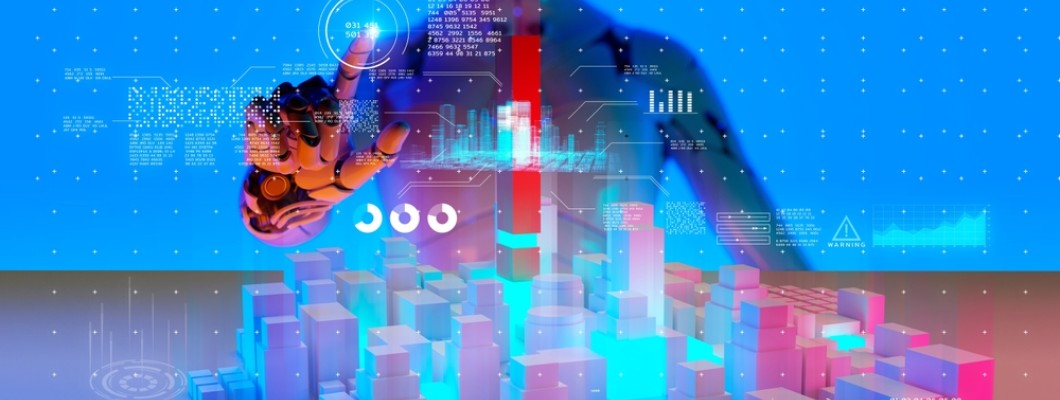
In the field of networking and data transmission, the demand for fast and reliable connections has led to the widespread use of fiber optics. The Fiber optic media converter plays a key role in facilitating seamless communication between different types of networks. What a fiber optic converter is, how it works and the various applications it serves.
Media Converter is a network device designed to convert signals between different types of media, mainly from copper cables to fiber optics and vice versa. Its purpose is to bridge the gap between disparate network infrastructures, enabling efficient and reliable data transmission between different media.
Key components and operation of the media converter
Media interface:
Fiber optic media converter usually has one or more ports for connecting fiber optic cables and copper cables. These ports support different types of connectors, such as SC, ST or LC, depending on the specific requirements of the network.
Transmitter-receiver modules:
The heart of the fiber optic converter are the transmitter-receiver modules, which are responsible for converting electrical signals into optical signals and vice versa. These modules can operate using different wavelengths, such as 850 nm then it is a multi-mode fiber optic converter or 1310 nm/1550 nm for a single-mode converter.
Power supply:
For effective operation, the media fiber optic converter requires a power source. Some models are equipped with an external power supply, while others can draw power directly from the network via Power over Ethernet (PoE) technology.
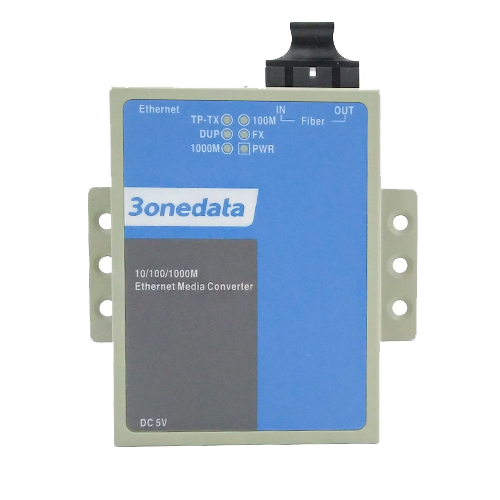
Fiber optic converter applications
Increase network coverage:
Fiber optic converters are commonly used to extend network distances beyond the limitations of traditional copper cabling.By converting signals to optical form, they enable data transmission over longer distances without signal degradation.
Transition to fiber optics:
Organizations transitioning from copper to fiber networks can use RJ45 to fiber media converters to gradually integrate the new fiber infrastructure. This allows for a cost-effective and phased migration without having to completely rebuild the existing network.
Isolating electrical interference:
Fiber optic converters help mitigate the effects of electrical interference by converting signals to an optical form that is immune to electromagnetic interference (EMI).
Integration of legacy equipment:
Companies with older equipment using copper connections can use media fiber optic converter to integrate these devices with modern fiber networks.
Fiber optic media converters play a key role in modern networks, seamlessly combining different technologies and facilitating the transition to fast and reliable fiber optic communications. Their versatility, combined with their ability to extend network coverage and combine different types of media, makes them invaluable tools for ensuring the smooth and efficient operation of diverse networks in a variety of industries. As technology continues to evolve, the importance of fiber optic media converters in bridging connectivity gaps remains paramount.
.



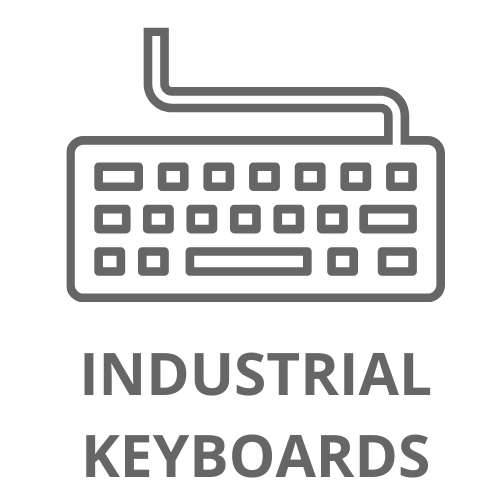
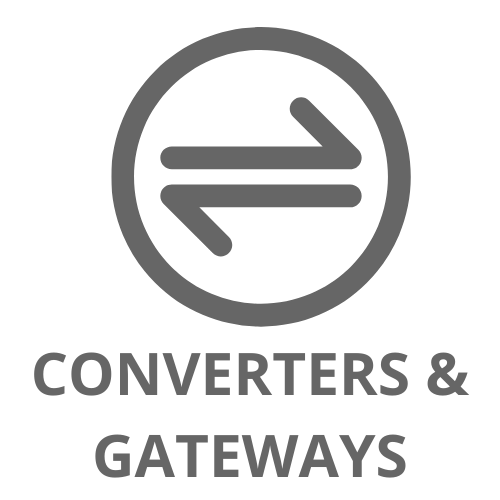
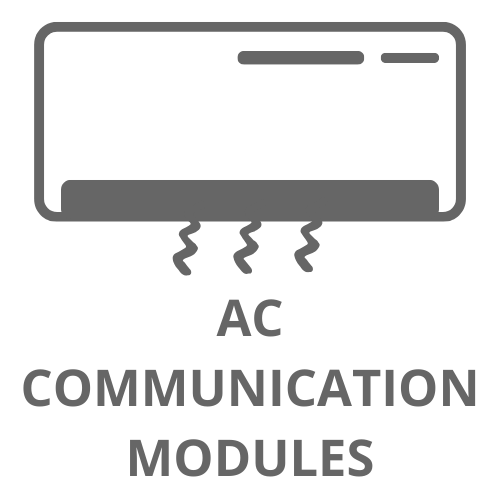



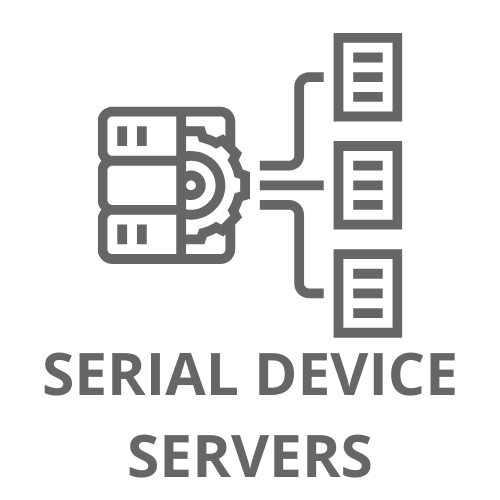
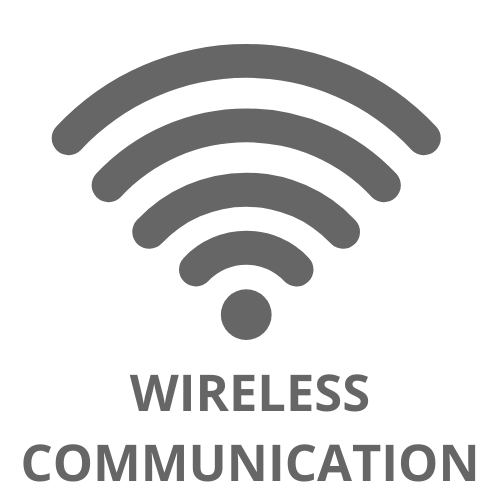



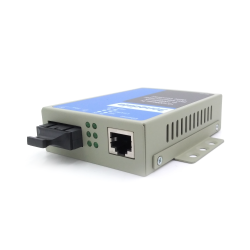

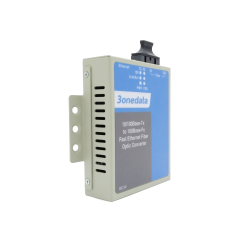

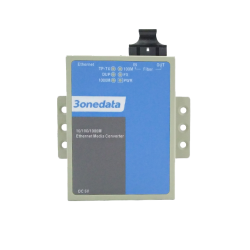

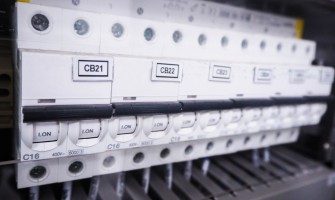





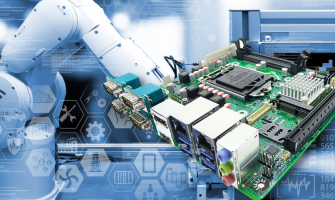



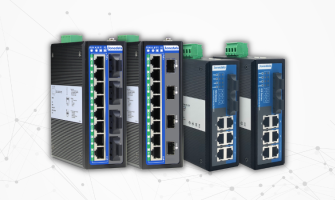
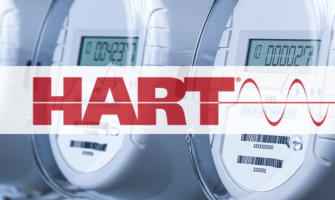
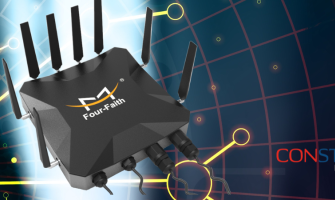
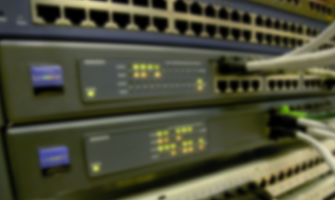
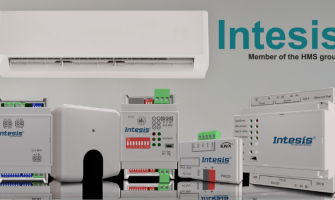

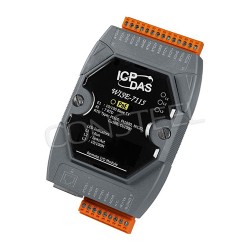
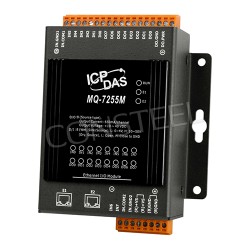
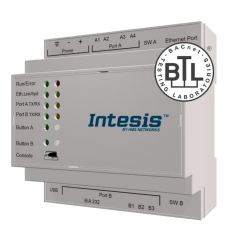
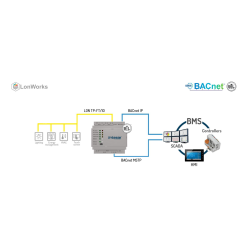


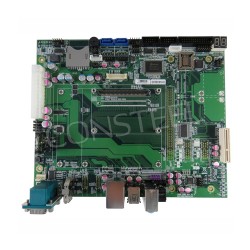




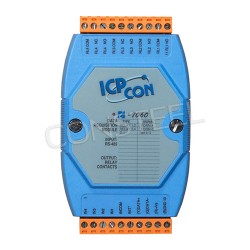


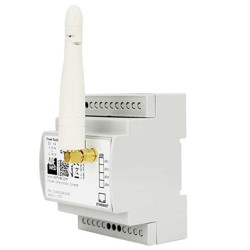


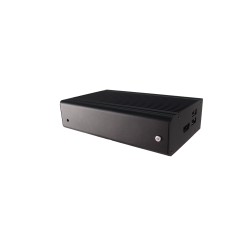
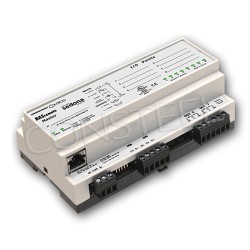

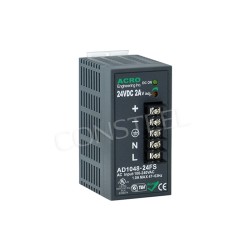
-P-250x250h.png)
-S1-250x250h.png)